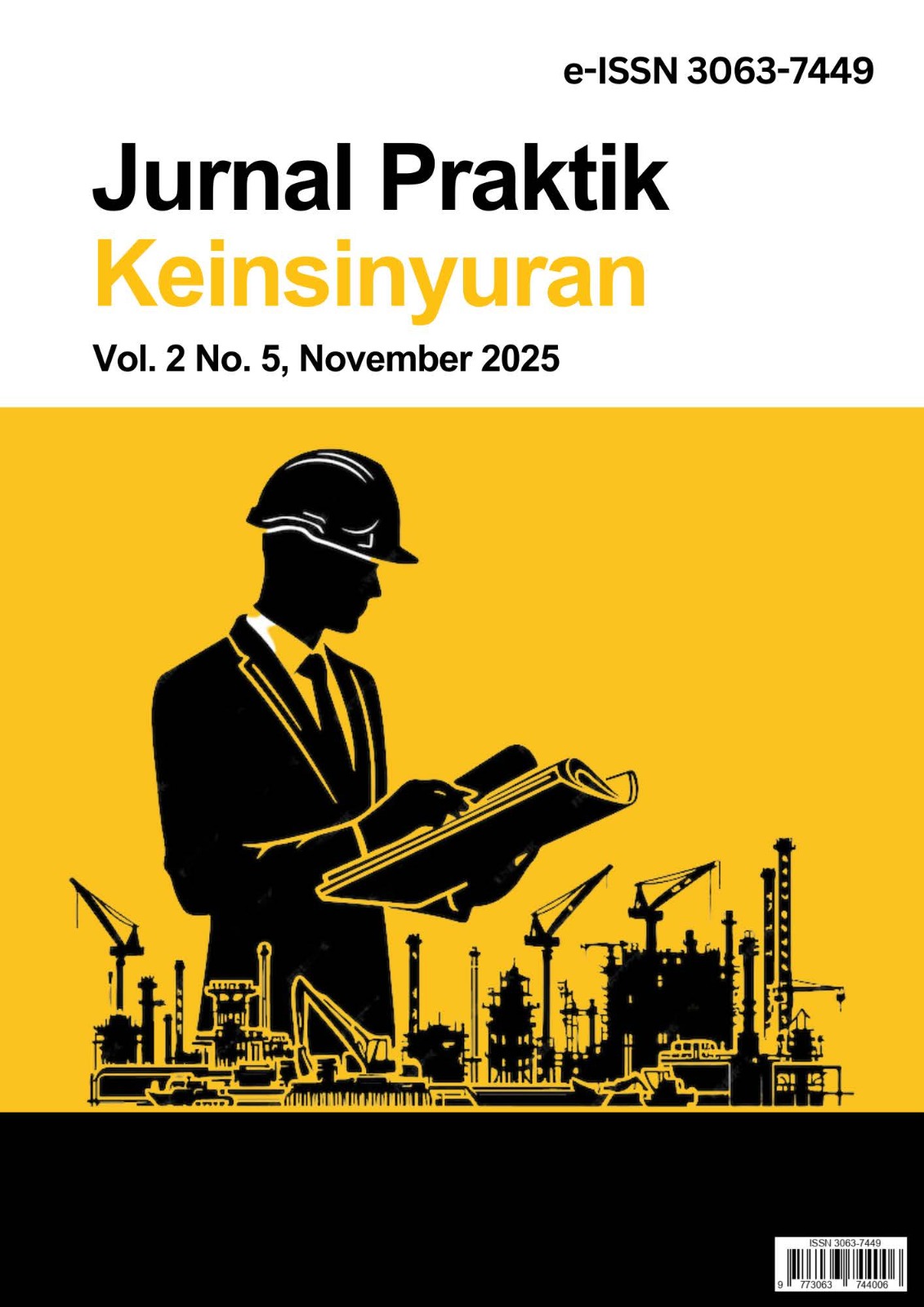Pigging Operation on a Propylene Transfer Pipeline
DOI:
https://doi.org/10.25170/jpk.v2i05.6961Keywords:
Pig, Pigging, Pipeline, PropyleneAbstract
In oil and Gas, pipelines are commonly used to transport hydrocarbons or products inland due to their efficiency and safety. It can operate 24 hours, 7 days without interruption, which is crucial for a continuous operation. Compared with trucking or rail transport, pipelines have lower operating and maintenance costs for bulk transportation. And as most pipelines will go underground, it provides safer operation by minimizing interaction with the public. Building a pipeline infrastructure requires a comprehensive process of planning, designing, procurement, construction up to the commissioning. One of the critical steps of the pipeline construction is conducting pigging, which can ensure cleanliness, dryness, and verify the pipe gauge and thickness. This will ensure safe operation of a pipeline. This article presents a case study of the pigging operation in a pipeline for propylene transfer stretch for approximately 4.1 km.
References
ASME. (2016). B31.3 Process Piping. USA: American Society of Mechanical Engineers.
ASME. (2016). B31.4 Pipeline Transportation Systems for Liquids and Slurries. USA: American Society of Mechanical Engineers.
American Society of Mechanical Engineers (ASME). (2015). B36.10 Welded and Seamless Wrought Steel Pipe. USA: American Society of Mechanical Engineers.
McAllister, E.W. (2013), Pipeline Rules of Thumb HandBook, Eight Edition. Houston: Gulf Professional Publishing.
Giro, R., Bernasconi, G., Giunta, G., Cesari, S. (2022). Online monitoring of inner deposits in crude oil pipelines. SPE Production and Operations, SPE 209825, 1-12.
Olajire, A. A. (2021). Review of Wax Deposition in Subsea Oil Pipeline Systems and Mitigation Technologies in the Petroleum Industry. Chem Eng J Adv, 6, 100104.




